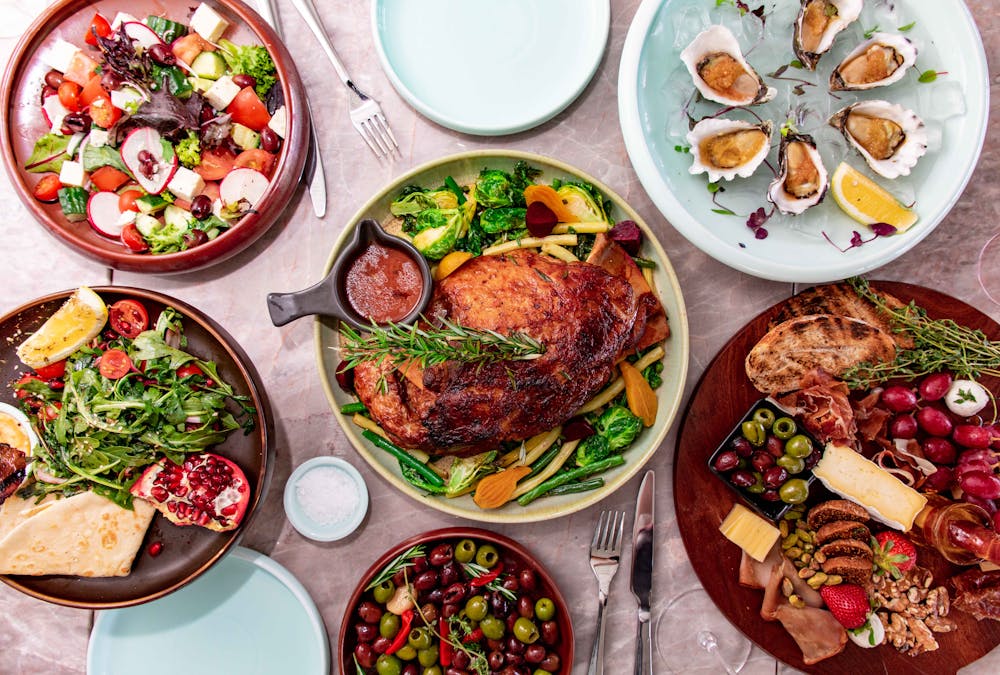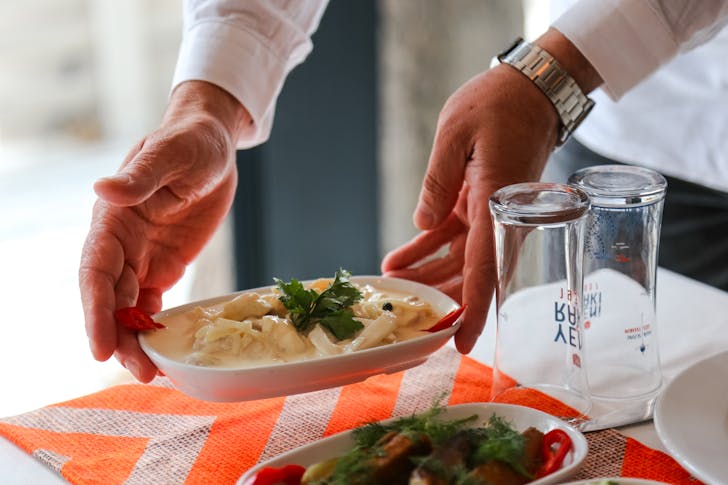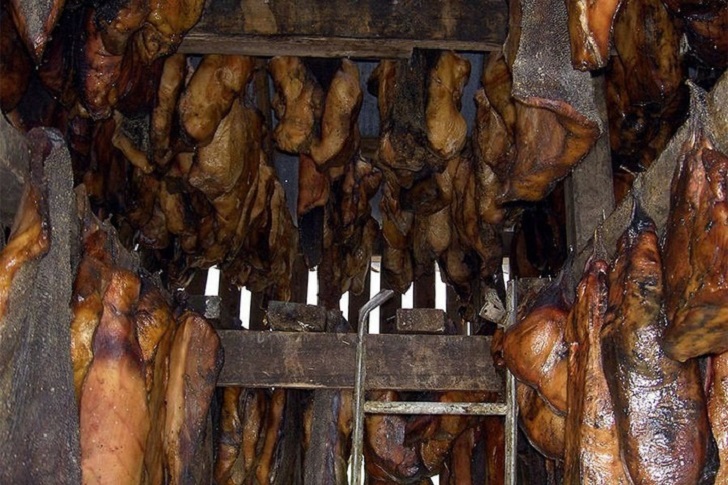In the realm of culinary adventures, there are dishes that defy expectations, challenge taste buds, and intrigue the curious mind. The quest for the world’s weirdest foods takes us on a global journey, uncovering flavors and practices that are as diverse as the cultures they come from. These are not just meals but expressions of tradition, survival, and the human spirit's adaptability.
10 Weirdest Foods in the World
1. Coconut Tree Grubs in Iquitos, Peru
Deep in the Amazon, the locals have turned necessity into culinary art, skewering and charring coconut tree grubs over an open flame. When cooked just right, these protein-rich grubs offer a taste akin to crispy chicken skin, while less fortunate preparations might remind one of the less appetizing flavors. This dish is a prime example of the world's weirdest foods, highlighting the inventive use of available resources.
2. Ensete in Ethiopia
Ethiopia’s ensete, or the “false banana,” is used to make kocho, a bread that is both a staple food and a symbol of culinary innovation. The fermentation process it undergoes is a testament to the ingenuity that often characterizes the world’s weirdest foods, offering flavors that are as rich in history as they are in taste.
3. Giant Sea Squirt in Santiago, Chile
The discovery of giant sea squirts adds an intriguing chapter to the book of the world’s weirdest foods off the coast of Chile. These marine creatures, prepared with a simple addition of lemon, undergo a culinary transformation that turns their iodine-rich taste into a sought-after flavor, proving that sometimes the weirdest foods are just a squeeze of lemon away from deliciousness.
4. Coral Worms in Samoa
Samoa’s coral worms, or Palolo, are a testament to the intricate relationship between culture and environment. Harvested from the coral reefs, these bright blue worms offer a taste that is as unique as their appearance, making them a fascinating entry into the collection of the world’s weirdest foods.
5. Fermented Skate in Korea
South Korea’s hongeo, or fermented skate, challenges even the most adventurous eaters with its pungent odor and distinct taste. This delicacy, known for its intense aroma, is a divisive yet integral part of Korean cuisine, embodying the complexity and depth of the world's weirdest foods.
6. Horse-Rib-and-Rectum Sausage in Kazakhstan
Kazakhstan’s culinary tradition of utilizing every part of the horse results in kazy, a sausage that combines rib meat and natural casings in an unexpected and delightful way. This dish exemplifies the resourcefulness and culinary richness often accompanying the world’s weirdest foods.
7. Sea Cucumber in Alaska
The cold waters of Sitka, Alaska, are home to the sea cucumber, a creature that, when prepared correctly, offers a unique gastronomic experience. With its soft texture and subtle flavors, this dish showcases the potential for the weirdest foods to provide extraordinary culinary delights.
8. Tarantulas in Cambodia
Cambodia’s culinary use of tarantulas challenges common perceptions and showcases the versatility of ingredients. These arachnids are prepared with care and resemble the finest seafood, highlighting the surprising and often delightful nature of the world’s weirdest foods.
9. Giraffe Weevils in Madagascar
The giraffe weevils of Madagascar, transformed into a culinary ingredient, demonstrate that the weirdest foods can come from the most unexpected places. Their unique taste and tender texture invite us to reconsider what we define as edible and desirable in our diets.
10. Hákarl in Iceland
Fermented dishes hold a special place in the realm of the weirdest foods, with Iceland’s Hákarl standing out for its challenging preparation and unique taste. Made from Greenland shark, the meat undergoes a fermentation process that transforms it from poisonous to a traditional delicacy. Its intense aroma and complex flavor profile are a true test of culinary bravery.
Wrapping Up
Exploring the world’s weirdest foods is not just about tasting the unusual; it’s about understanding the cultures and traditions that create these dishes. It’s a journey that invites us to expand our culinary horizons and appreciate the diversity of global cuisines. Through these dishes, we connect with the essence of places far and wide, discovering that the weirdest foods often carry the most profound stories.



